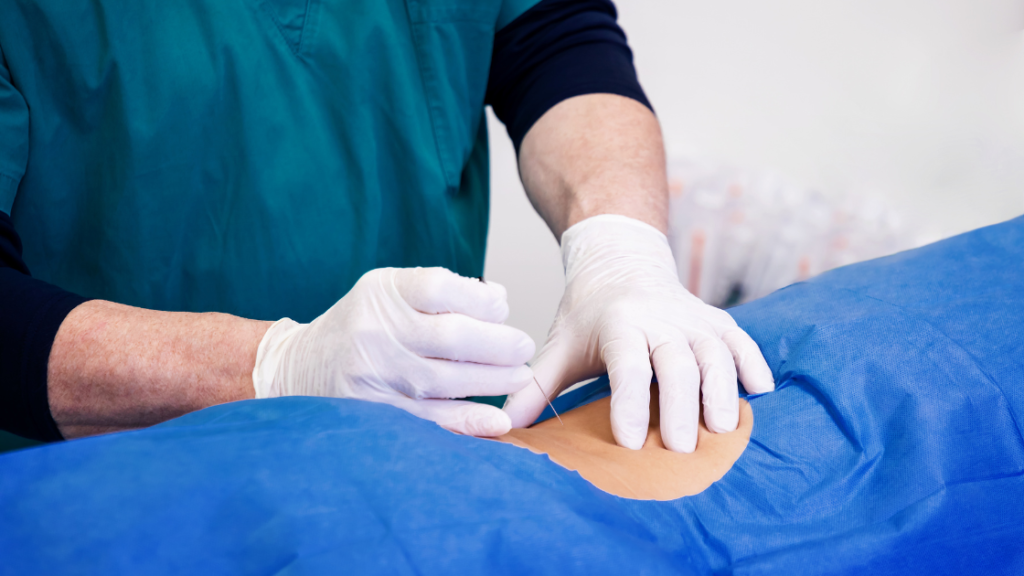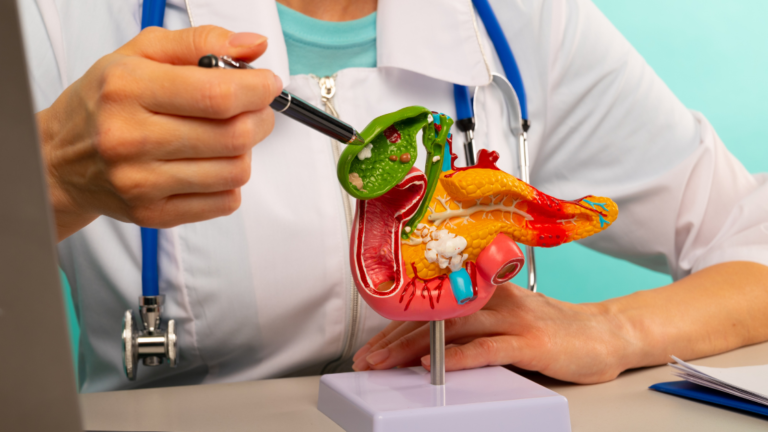Introduction
In the realm of healthcare, particularly when addressing prevalent concerns like inguinal hernias, awareness and education are paramount.
These hernias, though common, carry the risk of complications if left unaddressed, emphasising the importance of public knowledge and access to specialized care.
In my practice, we prioritize educating our patients about their conditions, empowering them with the understanding needed to make informed decisions about their health.
Moreover, the advancements in medical technology, especially in laparoscopic surgery, have revolutionized the treatment of inguinal hernias, offering patients less invasive options with faster recovery times.
In my two decades of experience, I have witnessed firsthand the evolution of these surgical techniques and have adopted them to provide optimal care.
Lastly, it’s vital to understand that each patient’s journey is unique. In our clinic, we tailor our approach to each individual’s needs, ensuring they receive the most effective treatment.
Whether you’re exploring treatment options or seeking a second opinion, we are here to guide you through your healthcare journey, combining expertise with compassion to achieve the best outcomes.
Inguinal hernias are a common health concern that affects millions of individuals worldwide, and understanding them is the first step towards effective management.
I’m Dr. Sandeep Sabnis, with over 20 years of experience in advanced laparoscopic surgery, specializing in hernia repair in Nashik.
Today, I’ll share insights into inguinal hernias, their symptoms, causes, and the advanced treatments available.
Understanding Inguinal Hernias
Understanding inguinal hernias in greater depth helps us appreciate the complexity of this condition. The abdominal wall, comprising several layers of muscle and tissue, is designed to protect and contain our internal organs.
However, factors like genetic predisposition, ageing, or physical strain can weaken these layers, particularly at the inguinal canal, creating a potential site for hernias.
Lifestyle factors and certain activities can exacerbate this weakness, increasing the risk of herniation.
For instance, heavy lifting, persistent coughing, or even strenuous sports can exert additional pressure on the abdominal wall, prompting the protrusion of tissue through the weakened spot.
Awareness and early detection play crucial roles in managing inguinal hernias effectively.
Recognizing the signs and seeking medical advice promptly can prevent complications such as pain intensification, growth of the hernia, or even strangulation, which is a medical emergency.
Therefore, understanding these aspects can significantly influence the outcomes for individuals dealing with this condition.
An inguinal hernia occurs when tissue, such as part of the intestine, protrudes through a weak spot in the abdominal muscles.
The resulting bulge can be painful, especially when you cough, bend over, or lift a heavy object. While they’re more common in men, women are also susceptible.
Symptoms of Inguinal Hernias
Common symptoms include a noticeable bulge on one side of the pubic bone, pain or discomfort in the groin area, especially when bending over or lifting, and a burning or aching sensation at the bulge.
Causes and Risk Factors
Beyond the direct causes mentioned, several nuanced aspects contribute to the risk of developing inguinal hernias. Genetic factors, for example, can predispose individuals to weaker abdominal walls or connective tissues, increasing their susceptibility to hernias. Family history is, therefore, a significant risk factor to consider.
Additionally, certain medical conditions that lead to increased pressure in the abdomen, such as obesity, pregnancy, or ascites, can heighten the risk.
These conditions strain the abdominal muscles and tissues, potentially leading to hernia formation.
Lastly, occupational and lifestyle factors also play a role. Jobs that require heavy lifting or prolonged standing can exacerbate the likelihood of hernia development, as can a history of smoking, which impairs tissue health and healing.
Being aware of these risk factors allows individuals to take proactive steps in managing their health, potentially reducing the risk of inguinal hernia occurrence.
Inguinal hernias can occur at any age and result from increased pressure within the abdomen, a pre-existing weak spot in the abdominal wall, or a combination of both. Factors that can increase your risk include being male, ageing, chronic coughing, and engaging in physical strain.
Diagnosis of Inguinal Hernias
Diagnosing an inguinal hernia typically involves a physical examination and, if necessary, imaging tests like an ultrasound or MRI to assess the severity and plan treatment.
Treatment Options
While small, asymptomatic hernias can sometimes be monitored, larger or painful hernias usually require surgery to prevent complications.
I utilize the latest in surgical techniques, including minimally invasive laparoscopic surgery, ensuring quicker recovery and reduced pain.
Why Choose Dr. Sandeep Sabnis?
Choosing the right surgeon is crucial for your health. With my extensive experience and focus on patient-centred care, I aim to provide the best outcomes for those suffering from inguinal hernias.
My practice is equipped with state-of-the-art technology, and I am dedicated to staying updated with the latest advancements in hernia treatment.
My dedication to patient education and empowerment is a cornerstone of my practice. By ensuring that you are well informed about your condition and treatment options, I strive to create a collaborative decision-making process.
This approach not only enhances your understanding and comfort but also contributes to better surgical outcomes and patient satisfaction.
Moreover, my commitment to personalized care extends beyond the operating room. I prioritize comprehensive post-operative support and follow-up, ensuring you receive the guidance and care necessary for a smooth and swift recovery.
This holistic approach to patient care reflects my dedication to your well-being and is fundamental to why many patients choose my services for their hernia treatment needs.
Recovery and Post-Operative Care
Post-surgery, patients are given detailed care instructions to ensure a smooth recovery. Most can return to their normal activities relatively quickly, with ongoing support and guidance from our team.
Conclusion
Inguinal hernias, while common, can significantly impact your quality of life if left untreated. Understanding the symptoms, seeking timely diagnosis, and exploring the appropriate treatment options are key to effective management.
In Nashik, my team and I are committed to providing comprehensive care tailored to your needs.
If you’re experiencing symptoms or have concerns about inguinal hernias, I encourage you to reach out to our clinic.
Together, we can determine the best action for your health and well-being.
Remember, managing your health should always be a priority; seeking expert advice is a step in the right direction. Stay informed, stay healthy, and don’t hesitate to seek help when needed.





